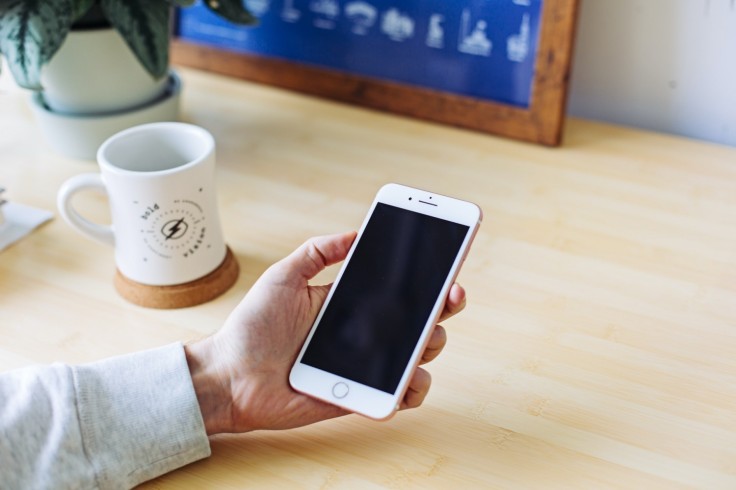
A passcode on the iPhone has its useful purposes. Security is its main draw, making your handset and the data it stores safe from unauthorized use and access.
However, what will you do if you forget your passcode? Well, there is a step-by-step process you can follow to access your phone again. There's a catch though: you could lose your data if you don't have them backed up, so better to have one now before you regret it!
Forgot iPhone Passcode?
But what if you completely forget your iPhone passcode? Entering the wrong passcode multiple times will disable your iPhone. As such, you would need to "wipe" your iPhone clean, erasing precious data and settings.
If you backed up your iPhone on the iCloud, good for you! Your data and settings are safe and can be reinitialized in the iPhone's recovery mode. But what if you never thought of backing up your iPhone and you forgot your passcode? This means a hearty farewell to all the data you stored in your iPhones--contacts, photos, office documents, precious e-mails, and maybe those cute messages from a loved one.
So a passcode can have its benefits, and of course its disadvantages. Should you want to remove your passcode, here is how you do it, thanks to our helpful team from Apple support.
Removing Your iPhone Passcode
First of all, you would need a computer, which can be either a Mac or a Windows PC, as long as you have iTunes installed. If you don't have one, try to ask friends if you could use theirs or drop by an Apple retail store or authorized service provider.
To remove the passcode on the iPhone X or later, iPhone SE (2nd generation), iPhone 8, and iPhone 8 Plus, don't connect the handset to your computer first, Apple Support said.
Press and hold the side button of your iPhone and one of the volume buttons until the power slider appears. When you see this, drag the slider to turn the iPhone off. Then connect the phone to the computer using the lightning cable while holding the Side button. You will then see the recovery mode screen, wherein you can actually remove the passcode.
Before connecting the disabled iPhone 7 and iPhone 7 Plus to the computer, press and hold the side button until the power off slider shows. Turn off the iPhone by dragging the slider. You can now connect the iPhone to the computer using the lightning cable while holding the Volume down button. Continue holding the Volume Down button until the recovery mode screen appears, and this is where you can remove your passcode.
For the iPhone 6S and older, you would need to hold the Home button as you connect the iPhone to the computer until handset displays the recovery mode screen, Alphr noted.
iPhone Data Recovery: Recovering Backed-Up Data and Settings
When you see a pop up asking you to either Restore or Update, select Restore. ITunes or the Find My iPhone in iCloud will then download the software for your iPhone. If nothing happens after 15 minutes, the iPhone will exit from Recovery Mode. When this happens, you need to choose your iPhone model and repeat the aforementioned steps to remove the passcode.
This will totally erase everything in your iPhone, including your data and settings. However, as noted above, if you've backed up your settings and data in the iCloud, everything will be restored after the process is completed, TechBout stressed. As such, it is worth noting that backing up precious data is something you'll treasure when such time comes.









